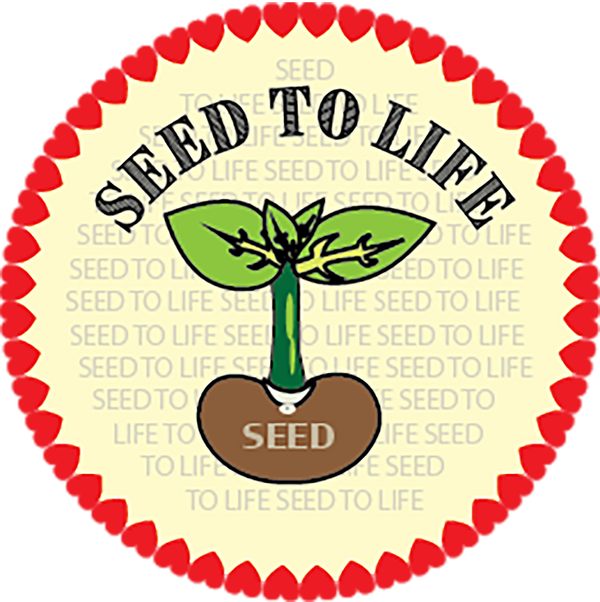In my previous stories, I have discussed herbs that smell and taste like cilantro. I have already shared with you the information on cilantro’s one brother culantro. Now, we will meet cilantro’s other cousin, Rau Ram, or Vietnamese coriander.
Rau Ram/ Vietnamese coriander is an integral part of the Vietnamese, Singaporean, and Malay cuisines. This intensely fragrant herb can be added to various stews, soups, salad, and meat dishes to make several traditional dishes to the next level. It is part of a famous Laksa Soup, a Malay soup dish and hence commonly called laksa leaves. The plant is native to Southeast Asia and slowly becoming popular as researchers all over the world are exploring its possible health benefits and medicinal uses. Vietnamese coriander is traditionally used in Asian medicine to treat bacterial and fungal infections. Though not yet proven, the leaves are also believed to decrease libido so Buddhist monks include it in their diet to maintain celibacy. It is being naturalized in China and becoming popular due to its essential oil content of Kesom oil. The aromatic phytochemicals in Vietnamese coriander or Rau Ram like aldehydes have potential uses in the food flavoring and fragrance industry. Some researchers are also evaluating its uses in the poultry industry as a bird feed for chickens. Strong antioxidants like flavonoids are believed to improve the general health and digestion of poultry birds and reduce heavy metal poisoning. I hope by now you are feeling interested in including this plant in your home garden, so let’s find out more about this plant and its growing requirements.

Names
The botanical name of Vietnamese coriander is Persicaria odorata. In different countries, it is known by different names.

USDA Growing Zone
Vietnamese coriander is a tropical or subtropical plant. It likes a hot humid temperatures. The plant is not drought and frost-tolerant. It grows well in USDA zones 9–11 or regions with mild winters. If you live in a colder climate then you will have to grow this plant either indoors or bring it inside during winter for overwintering.
Soil Requirements
Rau ram likes wet soil that is rich with organic matter. The soil has to be consistently moist. It tolerates sunny locations but does well in semi-shade areas. The leaves may dry if the temperature is very high. Mulching helps to reduce the effects of torching heat.
USDA Growing Zone
The plant has a mint-like growing habit and can easily be grown from cuttings. It is better to keep these plants potted because they have a tendency to spread like creepers. The stems may fall down and touch the ground and grow new stems.
Plant Description
Vietnamese coriander is a creeper just like mint. The upright stems can reach up to 12–18 inches tall. The stems are reddish in color and have several joints on them. The leaves are tapered and grow on alternate sides of the stems. My plants haven’t produced any flowers yet but they will probably start in a couple of months. The flowers start blooming in August-September. They are white in color and look like basil flowers. The seeds if produced are usually do not produce new plants. So the best way to propagate these plants is from stems. To root stems you can just insert 4–6 inch stem cuttings in the water and in about a week or two it starts growing roots. So what are you waiting for? Let’s grow this interesting herb.

